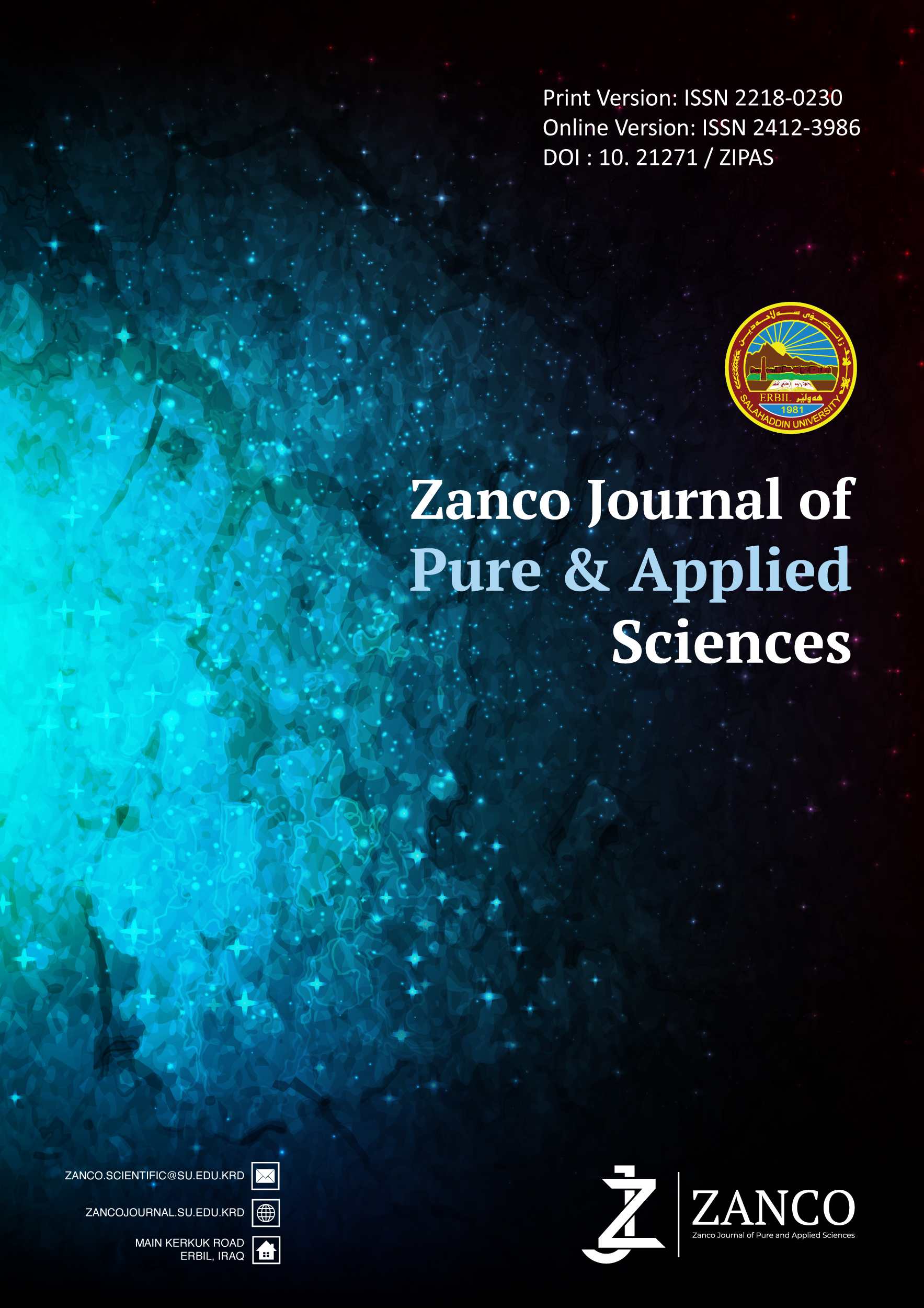Modeling Non-Homogenous Poisson Process and Estimating the Intensity Function for Earthquake Occurrences in Iraq using Simulation for data from January 1st 2018 to April 30th 2023
DOI:
https://doi.org/10.21271/ZJPAS.36.3.8Keywords:
Nonhomogeneous Poisson process, Intensity function, Earthquake Occurrence, Simulation..Abstract
The Non-homogeneous Poisson Process, with time-dependent intensity functions, is commonly used to model the scenario of counting the number of events that appear to occur in a given time interval. The identification of the process relies on the functional form of the intensity function, which can be difficult to determine. In this paper, a Non-Homogenous Poisson Process model is proposed to predict the intensity function for the number of earthquake occurrences in Iraq; the constructed model allows anticipating the number of earthquakes that occur at any time interval with a specific time length. Then, to estimate the model parameters, the data obtained from the annual reports of the Iraqi Meteorological Organization and Seismology (IMOS) from January 1st 2018 to April 30th 2023 are used. Moreover, a simulation study is conducted and a new algorithm is introduced to show the performance and applicability of the proposed model.
References
Al-Abbasi, N. and Fahmi, K. (1985) “Estimating Maximum Magnitude Earthquake in Iraq using Extreme Value Statistics”, Geophysical Journal of the Royal Astronomical Society, 5(2), 535-548;
Al-Heety, E. (2016) “Spatial Analysis of Earthquakes in Iraq using Statistical and Data Mining techniques”, Iraqi Geological Journal, 30-49(2), 1-15;
Anagnos, T. and Kiremidjian, A. (1984) “Stochastic Time-Predictable Model for Earthquake occurrences”, Bulletin of the Seismological Society of America, 74(6), 2593-2611;
Altun, E., Bhati, D. and Khan, N. (2021), “A new approach to model the counts of earthquakes: INARPQX(1) process”, SN Applied Sciences, 3(274), 1-17;
Cinlar, E. (1975) “Introduction to Stochastic Processes”, Prentice–Hall, Englewood Cliffs, NJ;
Faenza, L., Marzocchi, W. and Boschi, E. (2003) “A non-parametric hazard model to characterize the spatio-temporal occurrence of large earthquakes; an application to the Italian catalogue”, Geophysical journal International, 155(1), 521-53;
Franciszek, G. (2018) “Nonhomogeneous Compound Poisson Process Application to Modeling of Random Processes related to Accidents in the Baltic Sea Waters and Ports”, Journal of Kones, 26(1), 11-24;
Kagan, Y. (2010) “Statistical distributions of earthquake numbers: consequence of branching process”, Geophysical journal International, 180(1), 1313–1328;
Khagoory, F. and Al-Rahim, A. (2023) “Estimation of Coda Q Wave Attenuation Factors for Northern Iraq”, Iraqi Geological Journal, 56 (1A), 149- 160;
Lewis, P. and Shedler, G. (1979) “Simulation of Nonhomogeneous Poisson Processes by Thinning”, Naval Research Logistics, 26(3), 403–413;
Marzocchi, W. and Jordan, T. (2018), “Experimental concepts for testing probabilistic earthquake forecasting and seismic hazard models”, Geophysical journal International, 215(1), 780-789;
Masoud, Y., Afshar, A., Mahmoudvan, R. and Nasir, P. (2022) “Predicting intensity function of nonhomogeneous Poisson process”, Journal of Statistical Modelling: Theory and Applications, 3(2), 39-50;
Noora, S. (2019) “Estimating the Probability of Earthquake Occurrence and Return Period Using Generalized Linear Models”, Journal of Geoscience and Environment Protection, 7(9), 11-24;
Ogata, Y (1988) “Statistical models for earthquake occurrences and residual analysis for point processes”, Journal of the American association, 83(401), 9–27;
Parwanto, N. and Oyama, T. (2014) “A statistical analysis and comparison of historical earthquake and tsunami disasters in Japan and Indonesia”, International Journal of Disaster Risk Reduction, 7(1), 122-141;
Ross, S. (2007) “Introduction to Probability Models”, California, Elsevier;
Turkan, S. and Ozel, G. (2014) “Modeling destructive earthquake casualties based on a comparative study for Turkey”, Natural Hazards, 72(2), 1093–1110.
Downloads
Published
How to Cite
Issue
Section
License
Copyright (c) 2024 khwazbeen Saida Fatah

This work is licensed under a Creative Commons Attribution 4.0 International License.














